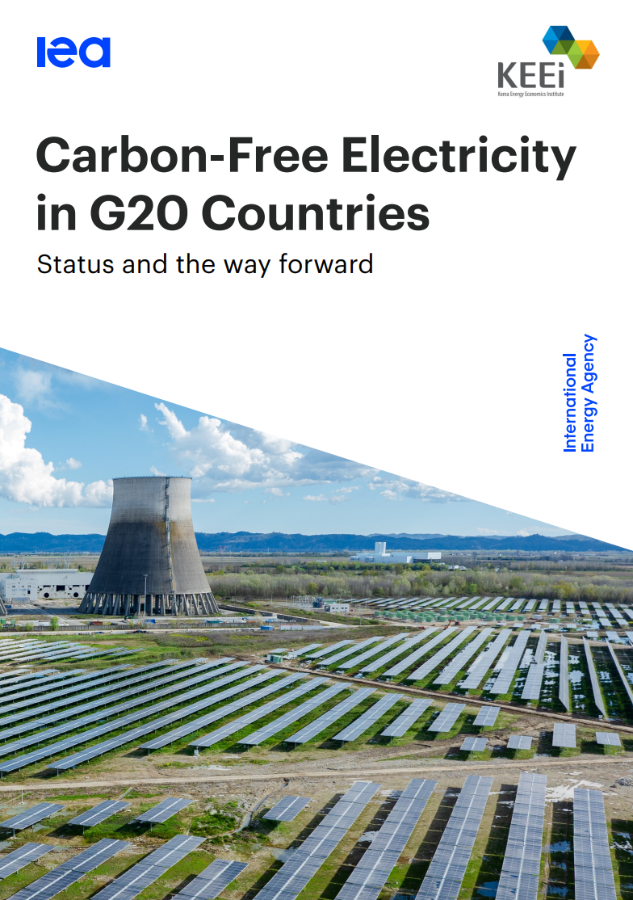
|
Carbon-Free Electricity in G20 Countries
In 2024, the Republic of Korea proposed the Carbon-Free Energy (CFE) Initiative to promote the use of technology-neutral, carbon-free energy to decarbonise the energy sector. In line with this initiative, Korea’s Ministry of Trade, Industry and Energy (MOTIE) commissioned this report to analyse the status and prospects of carbon-free energy in the electricity sector in G20 countries, and to provide policy recommendations to advance its progress. The International Energy Agency (IEA) and the Korea Energy Economics Institute (KEEi) jointly produced this report.
2025.04
OECD/IEA
|
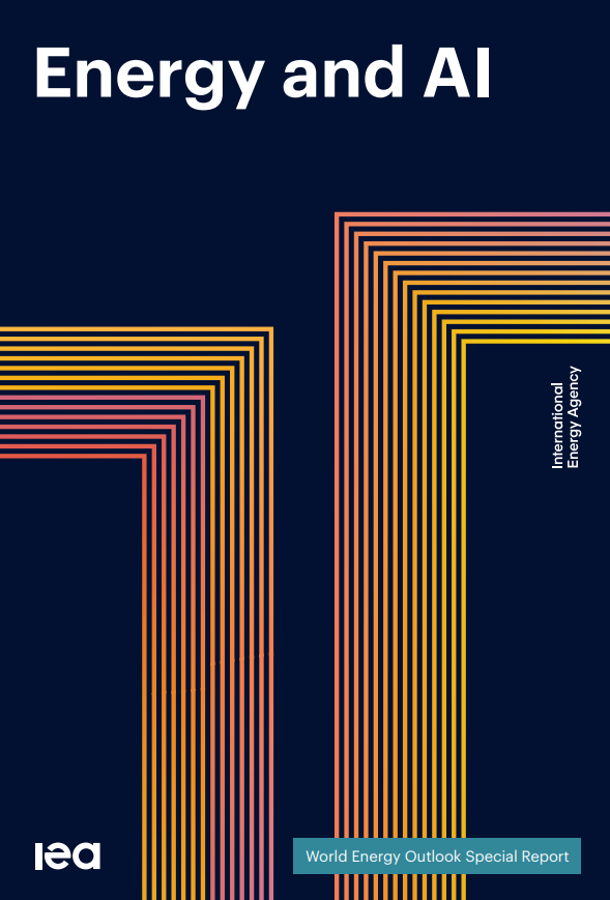
|
Energy and AI
This report from the International Energy Agency (IEA) aims to fill this gap based on new global and regional modelling and datasets, as well as extensive consultation with governments and regulators, the tech sector, the energy industry and international experts. It includes projections for how much electricity AI could consume over the next decade, as well as which energy sources are set to help meet it. It also analyses what the uptake of AI could mean for energy security, emissions, innovation and affordability.
2025.04
OECD/IEA
|
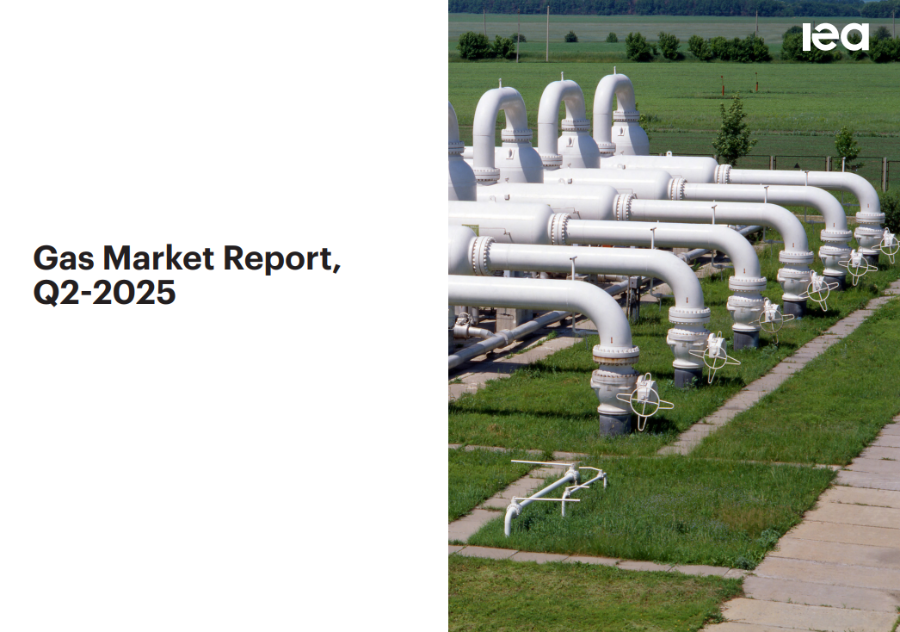
|
Gas Market Report, Q2-2025
Global natural gas demand continued to expand through the 2024/25 heating season, with growth primarily driven by Europe and North America. Underground storage facilities and reserve mechanisms provided crucial flexibility to the gas system and ensured stable and secure gas supplies over the 2024/25 heating season. In 2025, global gas demand growth is forecast to slow from the previous year amid tighter market conditions, while heightened macroeconomic uncertainties may also weigh on demand.
2025.04
OECD/IEA
|
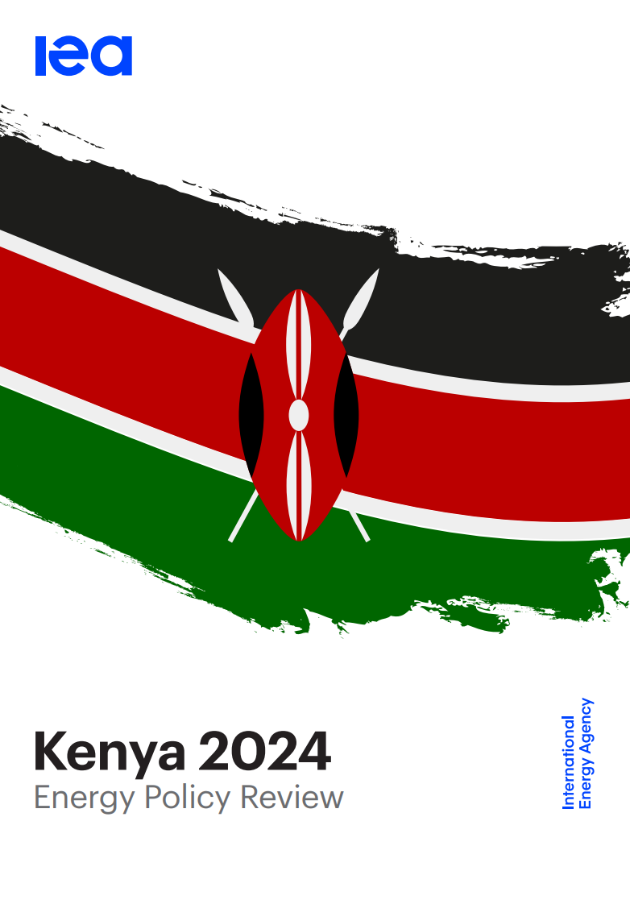
|
Energy Policy Review - Kenya 2024
The report highlights Kenya’s leadership in areas such as promoting universal access to modern energy and developing its renewable energy capacity, especially geothermal. It also encourages the exchange of best practices among countries to foster learning and strengthen political will for a sustainable and affordable clean energy future.
2025.04
OECD/IEA
|
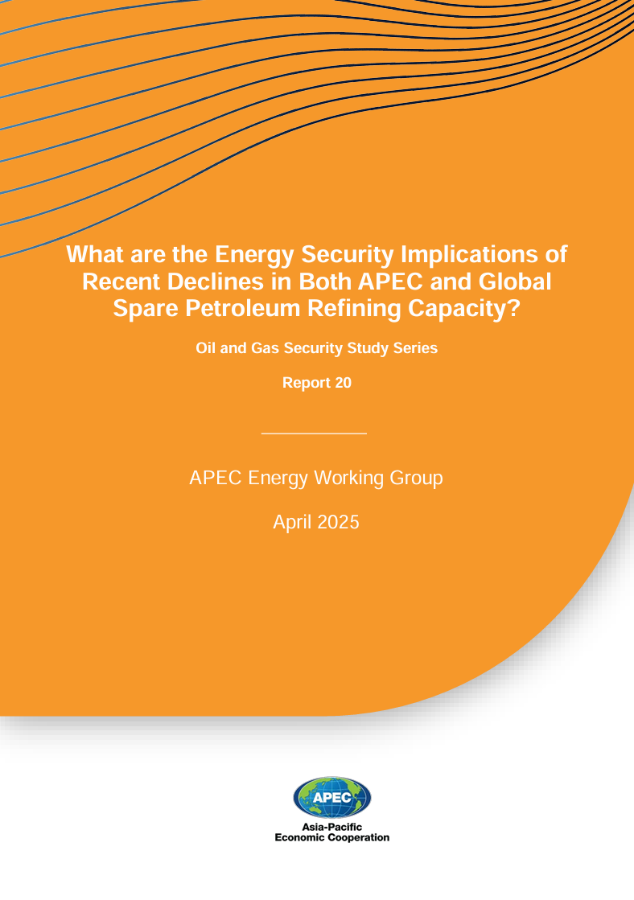
|
What are the Energy Security Implications of Recent Declines in Both APEC and Global Spare Petroleum Refining Capacity?
This report provides a comprehensive analysis of the challenges facing the petroleum refining sector within APEC. It examines historical trends, current dynamics, and future projections surrounding petroleum refinery capacity, consumption patterns, and supply security. A key observation is the narrowing gap between petroleum refinery capacity and petroleum product consumption globally, signaling a potential shortfall in the investment needed for petroleum refinery capacity expansion. Short-term projections within this decade from various sources indicate increased global petroleum product consumption driven by economic growth and industrial expansion across various regions. However, long-
2025.04
APEC
|
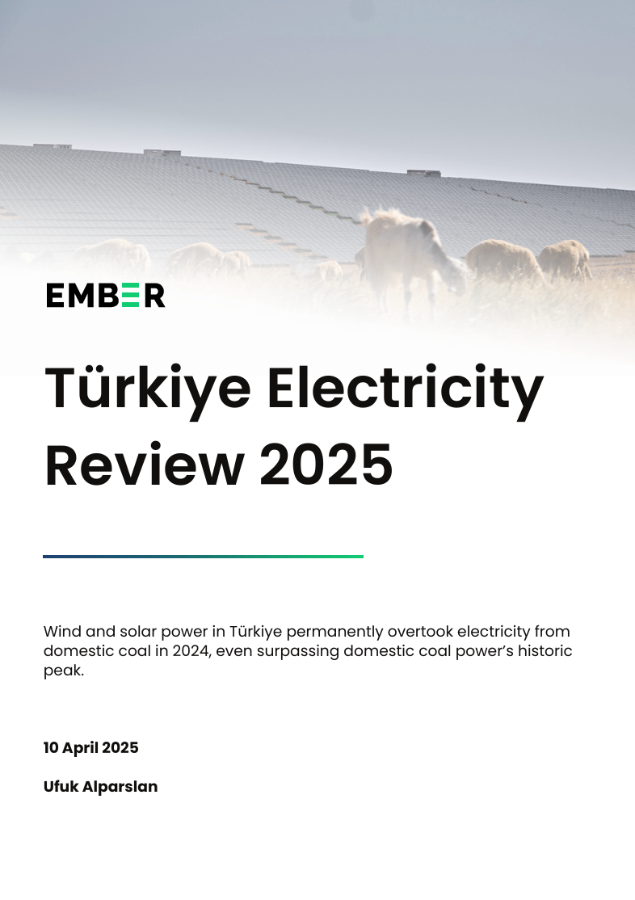
|
Türkiye Electricity Review 2025
In recent years, wind and solar were the driving force of electricity generation from domestic sources in Türkiye. In 2024, wind and solar surpassed the peak annual electricity generation of domestic coal for the first time, permanently overtaking domestic coal.
2025.04
Ember
|
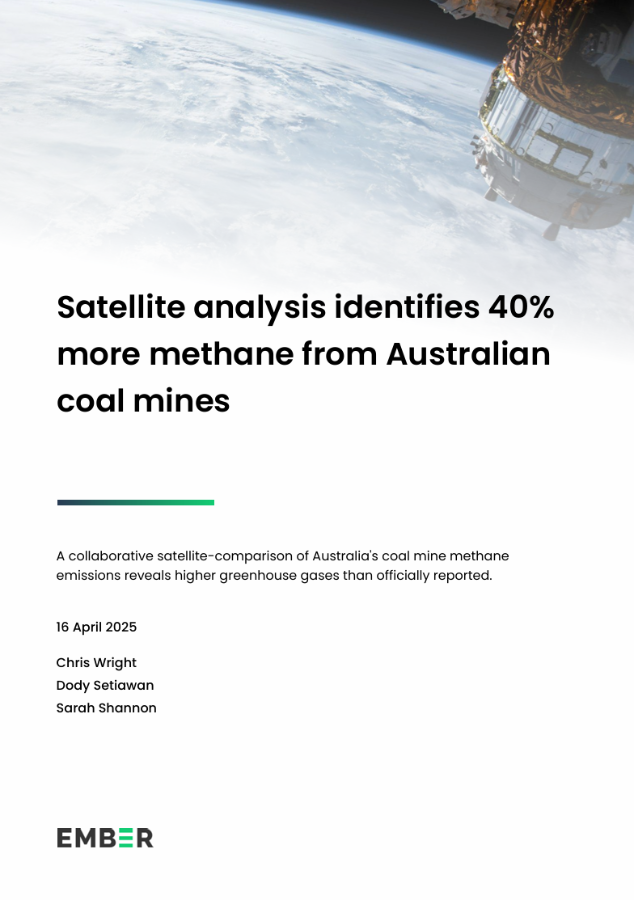
|
Satellite analysis identifies 40% more methane from Australian coal mines
This report outlines the preliminary findings of a collaborative satellite analysis to estimate Australia’s coal mine emissions for the 2020 and 2021 financial years. It utilised wind-rotation methods using TROPOMI satellite data across six clustered coal mining regions. These regions accounted for 79% of Australia’s black coal production, and more than 90% of Australia’s metallurgical coal production. The estimates are compared against state-level and national coal mine methane emissions from National Greenhouse Accounts.
2025.04
Ember
|
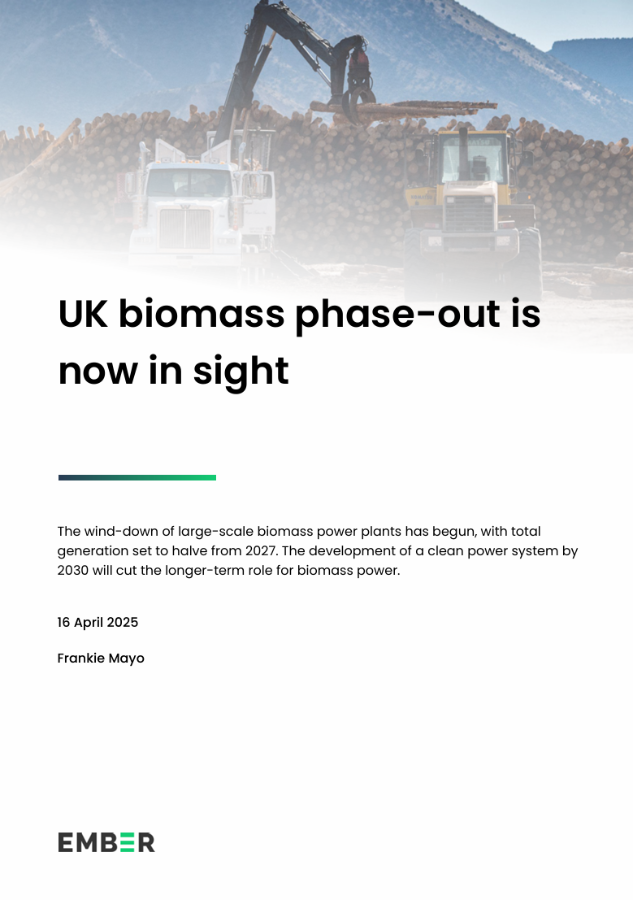
|
UK biomass phase-out is now in sight
In February 2025 the UK government announced a decision on the level of future support for biomass generators for 2027 to 2031. This report assesses the impact of the new reduced subsidy package on large-scale biomass generators, as well as the benefits to consumers.
2025.04
Ember
|
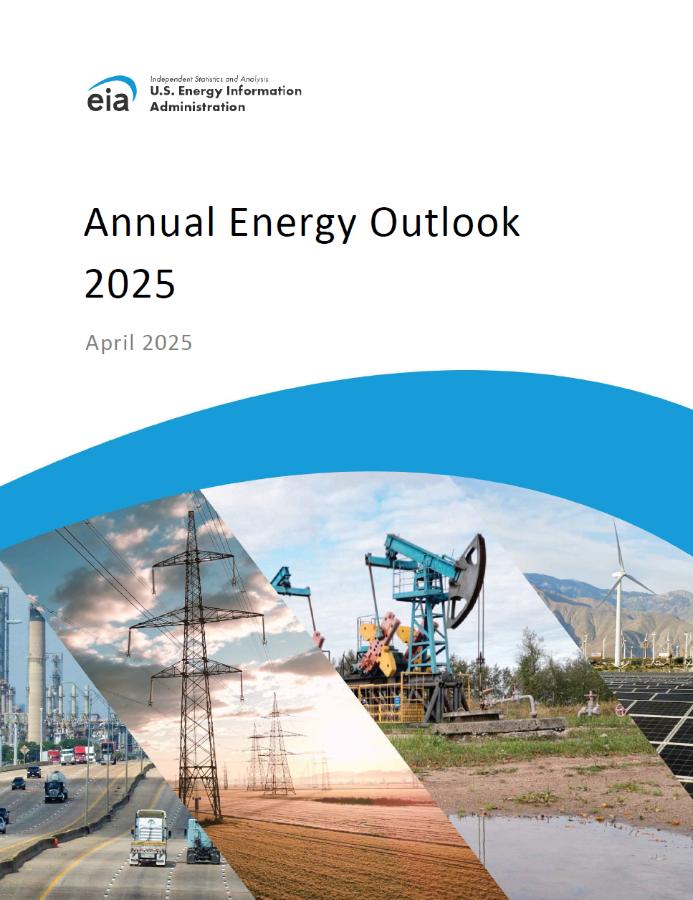
|
Annual Energy Outlook 2025
The Annual Energy Outlook 2025 (AEO2025) explores potential long-term energy trends in the United States. AEO2025 is published in accordance with Section 205c of the Department of Energy Organization Act of 1977 (Public Law 95-91), which requires the Administrator of the U.S. Energy Information Administration (EIA) to prepare an annual report that contains trends and projections of energy consumption and supply. These projections are used by federal, state, and local governments; industry; trade associations; and other planners and decisionmakers in the public and private sectors.
2025.04
DOE/EIA
|
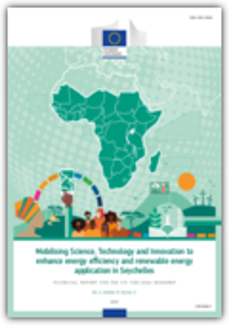
|
Mobilising science, technology and innovation to enhance energy efficiency and renewable energy application in Seychelles
Recognizing the crucial role of science, technology, and innovation (STI) in achieving the Sustainable Development Goals (SDGs), this report is set within the broader context of the European Commission’s global and regional initiatives, underscoring the commitment to the Global Gateway initiative. It forms part of a collaborative endeavour by the Joint Research Centre (JRC) and the Directorate-General for International Partnerships (DG INTPA) of the European Commission, focusing on five African countries. Within this framework, the report focuses on Seychelles, exploring STI’s role in addressing the country’s critical sustainability challenges, particularly in enhancing energy efficiency and
2025.04
European Commission
|
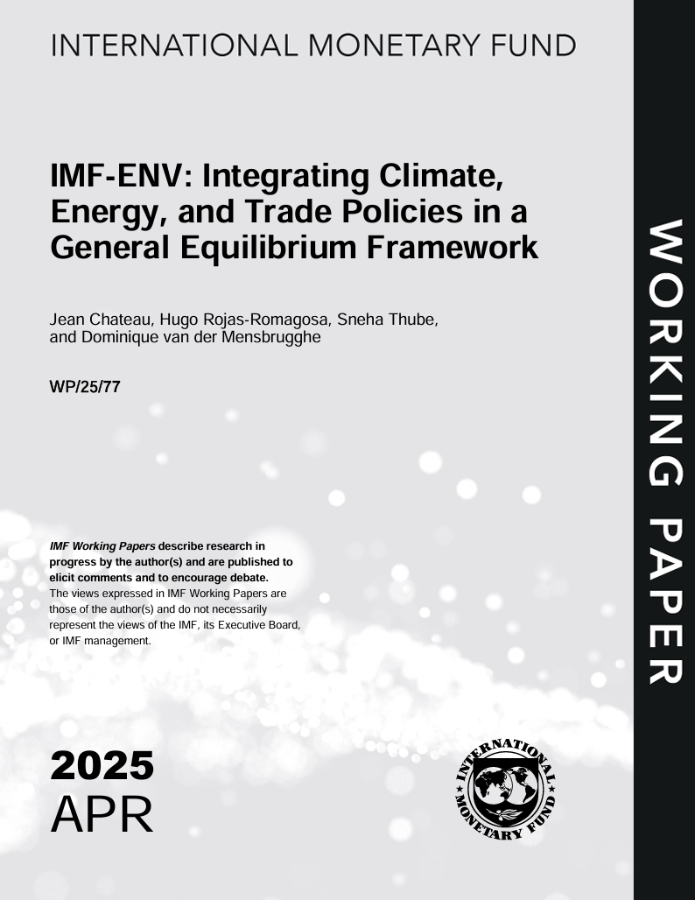
|
IMF-ENV: Integrating Climate, Energy, and Trade Policies in a General Equilibrium Framework
IMF-ENV is a global dynamic computable general equilibrium (CGE) model developed by the IMF's Research Department. The model features a database of 160 countries and regions, along with 76 sectors, and can be calibrated to a wide range of country-sector combinations. The model's general equilibrium structure, combined with its high level of detail, enables it to assess both direct and indirect domestic structural changes and cross-border spillover effects of policies. This makes it suitable for examining the medium- and long-term macroeconomic effects as well as structural shifts arising from national and/or global climate mitigation, energy, fiscal and trade policies. The model reports impa
2025.04
IMF
|
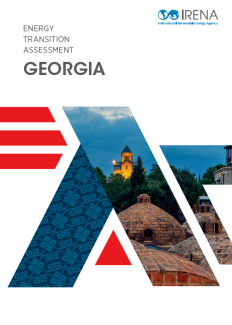
|
Energy transition assessment: Georgia
The report aims to inform the development of Georgia’s forthcoming revised Nationally Determined Contribution to the Paris Agreement (NDC 3.0). It call for calls for the establishment of an implementing body for the energy transition, in addition to measures to empower municipalities to take an active role in energy sector development, and provides recommendations in key action areas including: governance; the integration of renewable power; the decarbonisation of end-uses; energy transition financing; local value creation and capacity building; and achieving a just and equitable transition.
2025.04
IRENA
|
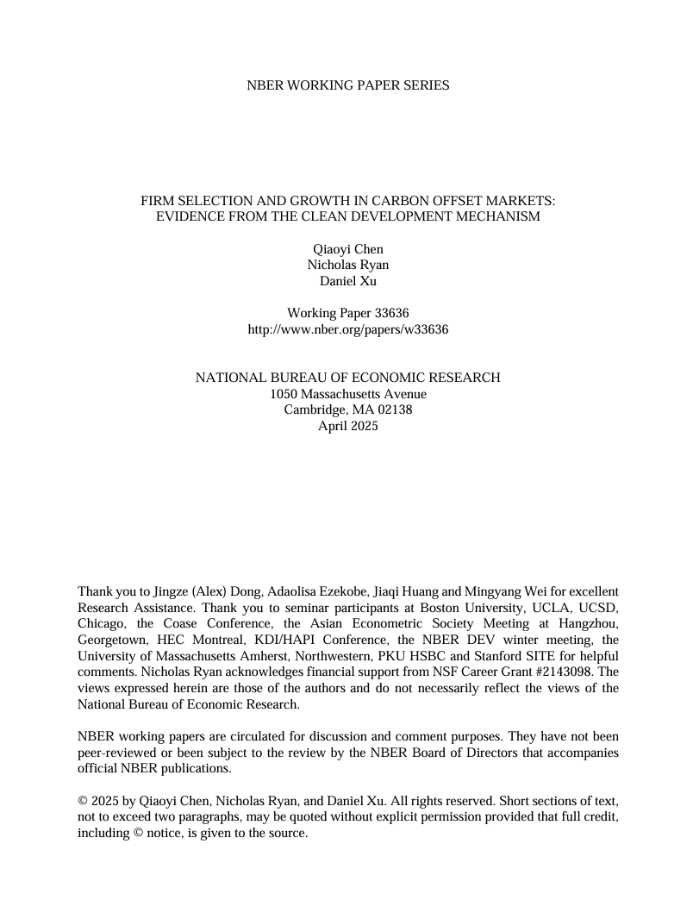
|
Firm Selection and Growth in Carbon Offset Markets: Evidence from the Clean Development Mechanism
We study carbon offsets sold by firms in China under the Clean Development Mechanism (CDM). We find that offset-selling firms, meant to cut carbon emissions, instead increase them by 49% after starting an offset project. In a model of firm investment decisions and offset review, we estimate that CDM firms increase emissions due to both the selection of higher-growth firms into projects (35 pp) and because offset projects themselves boost firm growth and therefore emissions (14 pp). The CDM reduces global surplus by causing damages from increased emissions four times greater than private gains from trade in the offset market.
2025.04
NBER
|
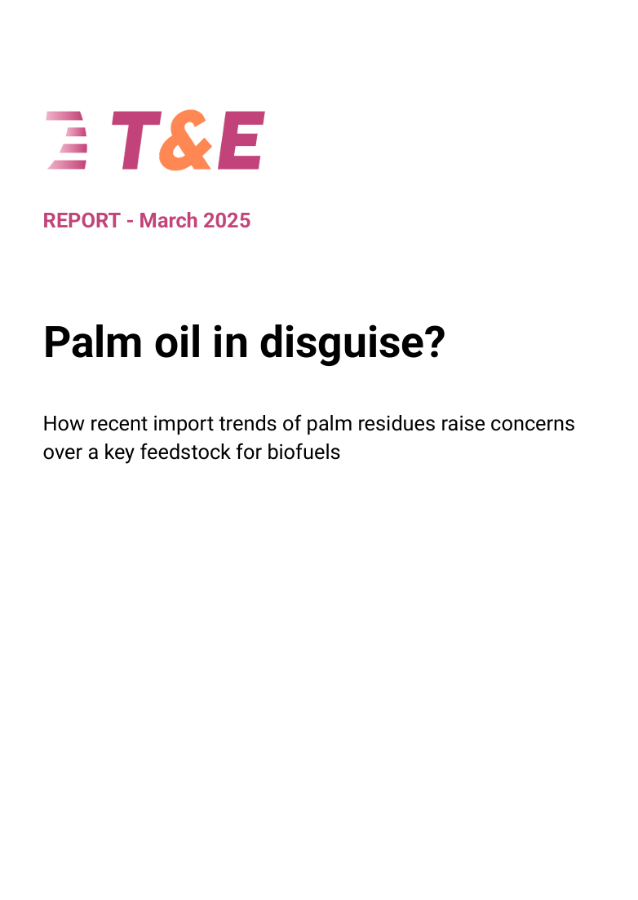
|
Palm oil in disguise?
After a decade of biofuel policies contributing to global deforestation, the EU began shifting toward waste-based alternatives like used cooking oil, animal fats, but also palm products, and residues. However, the increasing reliance on these so-called waste materials has raised concerns, particularly over questionable imports. In this report, T&E examines the latest trends in the use of certain palm residues in EU biofuels - Palm Oil Mill Effluents (POME). Data indicate that more palm oil residues are being reported than is actually possible, suggesting a high likelihood of fraud.
2025.04
Transport & Environment
|
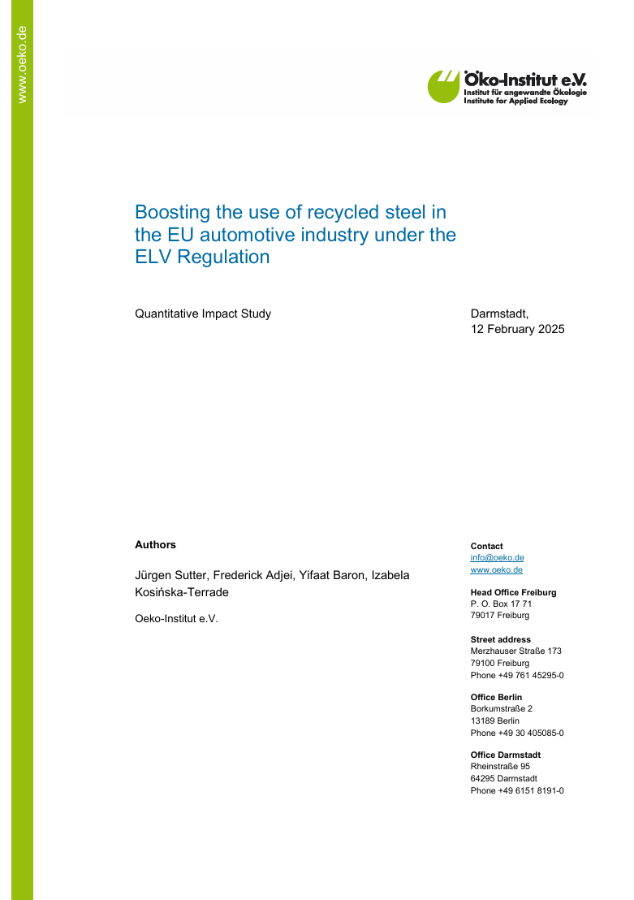
|
Setting recycled-content targets for steel under the ELV Regulation
To assess how to increase scrap-based steel use in the automotive industry under the proposed ELV regulation, T&E commissioned Oeko-Institut to conduct a dedicated feasibility study on steel recycled targets. Oeko-Institut was chosen as they had already carried out a study to support the impact assessment for the review of Directive 2000/53/EC on end-of-life vehicles in 2023. This briefing outlines the key findings from the study. It shows that setting steel recycled content targets (30% in 2030 and 40% in 2035) and recycled steel quality requirements are technically and economically feasible.
2025.04
Transport & Environment
|
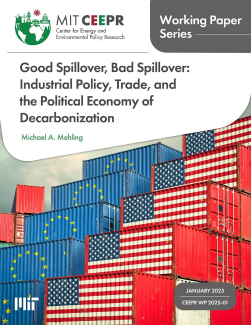
|
Good Spillover, Bad Spillover: Industrial Policy, Trade, and the Political Economy of Decarbonization
Spillover effects can impede or advance climate action. They have enabled some of the greatest successes in climate change mitigation, yet also threaten to undermine accelerating decarbonization efforts. Because they are difficult to define and quantify, they are routinely neglected in the theoretical framing of climate policy instrument choice. Some spillover effects have been extensively studied, while others remain opaque, with scarcely understood causal mechanisms and interactions. Several international bodies have recently begun to elevate spillover effects in their work, but reveal the lack of an overarching conceptual framework in their approach and are politically constrained in the
2025.01
MIT.CEEPR
|
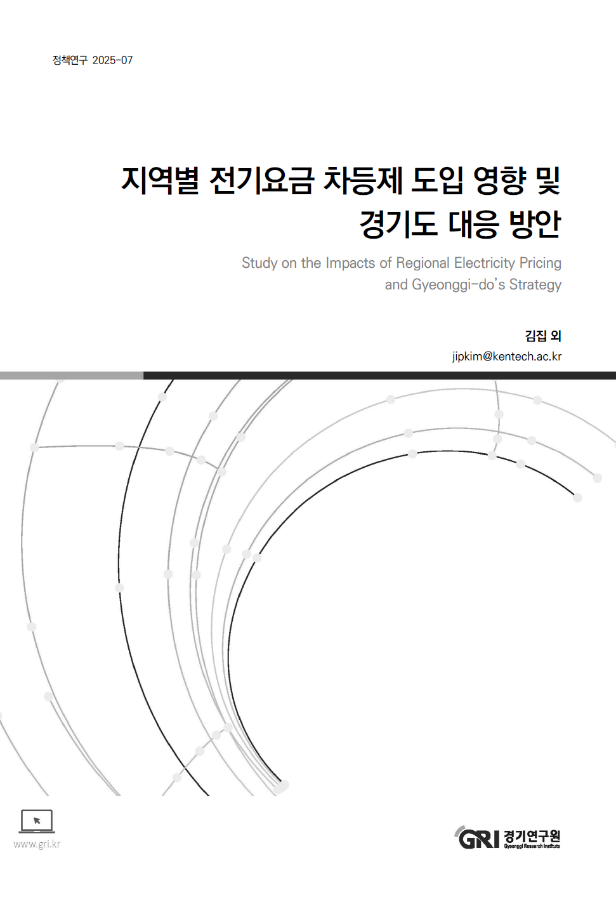
|
지역별 전기요금 차등제 도입 영향 및 경기도 대응 방안
2023년 기준 최대 전력 수요의 41.2%가 수도권에서 발생함에 따라, 12.5GW의 전력이 수도권 융통선로를 통해 비수도권에서 공급됨. 상기한 문제점을 해결하기 위해 분산에너지 활성화 특별법에서 지역별 차등 전기요금제 도입을 시사함에 따라 전기판매사업자의 지역별 차등요금 도입이 예상됨. 지역차등요금제 도입 시 경기도(수도권)의 도매시장가격은 발전기의 한계가격으로 결정하는 현행시장과 비교하여 변화가 크지 않으며, 모선별 한계가격을 고려할 경우 도매시장 가격의 소폭 하락이 예상됨. 지역차등요금제의 도입에 따라서 경기도 내 도매시장 가격의 변화가 크지 않은 상황에서 경기도의 발전사업자의 정산비용과 순수익에 변화는 현행시장과 크게 달라지지 않음. 구매원가가 소매요금에 영향을 미친다는 가정하에 경기도의 도매요금 변화가 크지 않으므로 소매요금의 변화 역시 크지 않을 것으로 분석. 경기도의 높은 대지비용으로 인하여 높은 LCOE가 발생함에 따라서 대부분의 지역에서 재생에너지 수익성을 기대하기 어려움. 지역차등요금제를 도입하더라도 경기도의 시장가격 변화는 크지 않기 때문에 시장가격에 대한 산업단지의 영향력 적음
2025.04
경기연구원
|
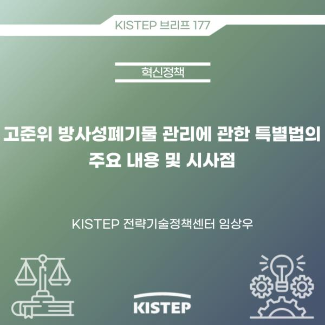
|
고준위 방사성폐기물 관리에 관한 특별법의 주요 내용 및 시사점
고준위방사성폐기물 관리에 관한 특별법이 공포됨에 따라 정부는 본격적인 처분시설 확보에 나서고 있습니다. 고준위 방사성폐기물은 국내 원전의 저장 한계가 가까워지며 시급한 국가적 과제로 부상하고 있습니다. 이번 브리프에서는 핀란드·스웨덴·미국 등 주요국의 처분시설 추진 현황을 짚어보고, 고준위 특별법의 핵심 내용과 향후 과제를 정리했습니다. 2050년 이전 중간저장, 2060년 이전 영구처분 시설 운영 개시를 목표로 한 정부 계획과 이에 필요한 사회적 합의는 무엇인지 살펴보았습니다.
2025.04
한국과학기술기획평가원
|
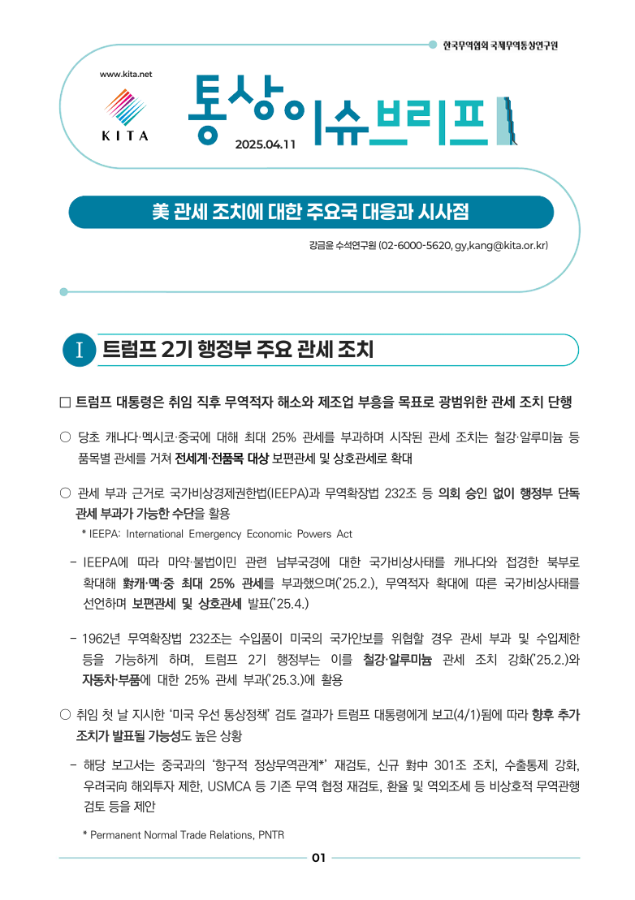
|
미 관세 조치에 대한 주요국 대응과 시사점
트럼프 대통령은 관세 조치를 선(先) 발표하고 후(後) 협상하는 방식을 취하고 있으며, 보복 조치에 대해서는 재보복으로 대응. 일부 관세 면제·연기에도 불구 보편관세 및 품목별 232조 관세 조치는 여전히 유효하며,
추가 관세 부과 가능성 속 미국의 구체적인 목표는 여전히 불명확. 미국의 관세 조치뿐만 아니라 주요국의 보복관세 동향도 면밀히 파악하여 추가적인 불이익을 받지 않도록 유의. 우리 기업은 정부 지원 사업을 활용하여 관세 충격에 따른 피해 최소화 필요
2025.04
한국무역협회
|
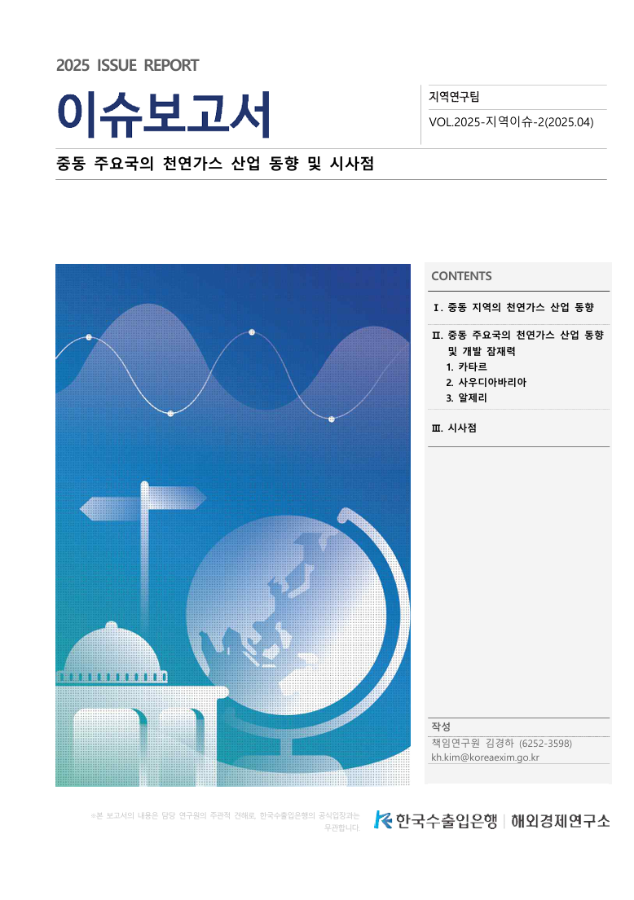
|
중동 주요국의 천연가스 산업 동향 및 시사점
중동 주요국의 천연가스 산업 동향과 관련하여 중동 지역의 천연가스 산업 동향, 중동 주요국(카타르, 사우디아라비아, 알제리)의 천연가스 산업 동향 및 개발 잠재력 및 시사점에 대한 이슈보고서를 붙임과 같이 게시하오니 참고하시기 바랍니다.
2025.04
한국수출입은행
|
